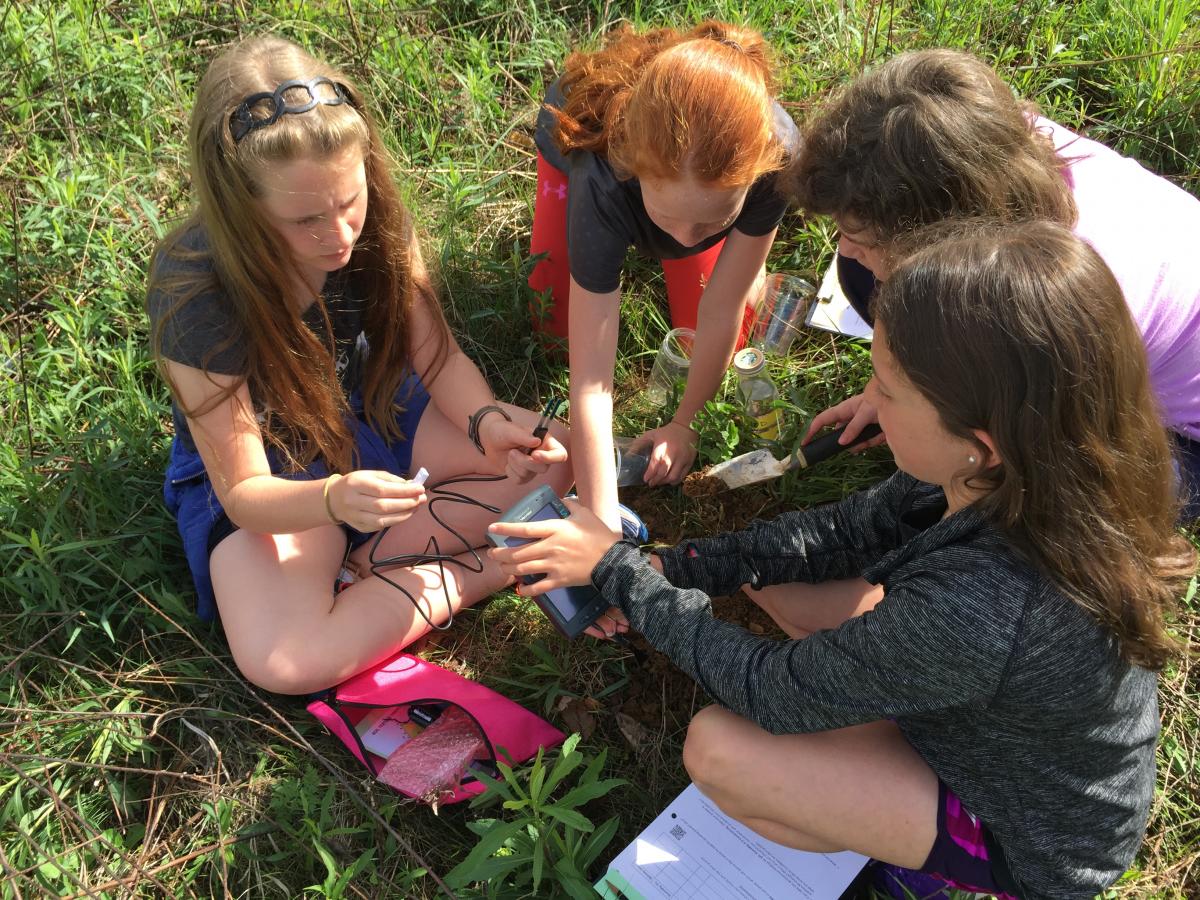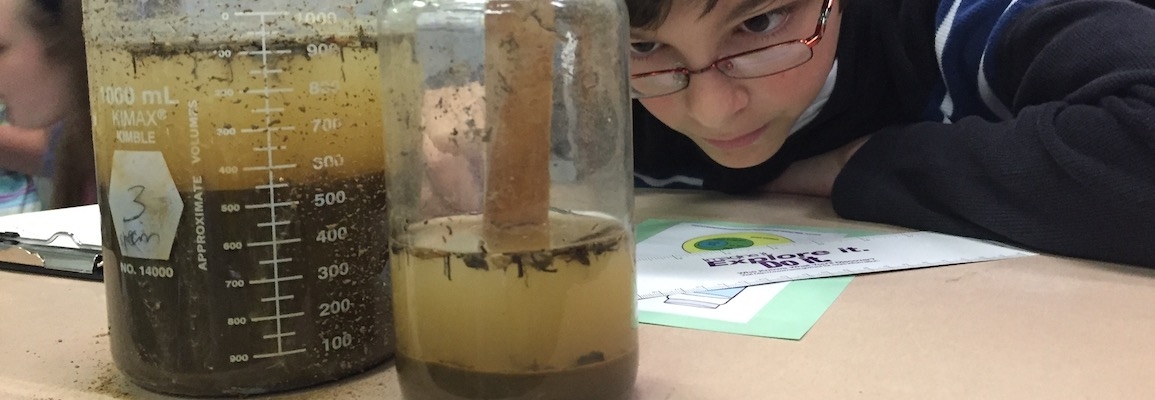Rocks and soil tell stories about past events. In this learning module, studente try to uncover these stories. Our resources are all free to use thanks to the Department of Geological and Environmental Sciences at Appalachian State University. If you have questions about any of these resources, field trip opportunities or classroom visits please contact our Outreach Coordinator at mckinneymuseum@appstate.edu. If you would like to borrow fossils for your classroom, check out our Loaner Kits.
Resources:
- Comparing and Contrasting Soils- In this lesson, students compare soil samples from different locations based on appearance, pH, salinity and condutivity. The data collection incorporates Vernier Lab Quest 2 digital interfaces and environmental science probes, but the worksheets can also be used with non-digital methods of data collection.
- Soil Texture Triangle- To use with the above lesson. This, and other free resources about soil science can be found at Soils4teachers.org.
- More Than Dirt! Crossword- Crossword reviewing common terms learned during the soil science unit. Teacher answers included.
- Rockin' NC Resources- A learning module including all the materials for teaching about rocks and minerals of North Carolina in a hands-on manner.

Investigating soil types
Standards Alignment:
- NCSES 8.E.2 Understand the history of Earth and its life forms based on evidence of change recorded in fossil records and landforms.
- 8.E.2.1 Infer the age of Earth and relative age of rocks and fossils from index fossils and ordering of rock layers (relative dating and radioactive dating).
- 8.E.2.2 Explain the use of fossils, ice cores, composition of sedimentary rocks, faults, and igneous rock formations found in rock layers as evidence of the history of the Earth and its changing life forms.
- NCSES 6.E.2 Understand the structure of the earth and how interactions of constructive and destructive forces have resulted in changes in the surface of the Earth over time and the effects of the lithosphere on humans.
- 6.E.2.1 Summarize the structure of the earth, including the layers, the mantle and core based on the relative position, composition and density.
- 6.E.2.2 Explain how crustal plates and ocean basins are formed, move and interact using earthquakes, heat flow and volcanoes to reflect forces within the earth.
- 6.E.2.3 Explain how the formation of soil is related to the parent rock type and the environment in which it develops.
- 6.E.2.4 Conclude that the good health of humans requires: monitoring the lithosphere, maintaining soil quality and stewardship
Other tips for teachers:
- Want to borrow some fossils, rocks, minerals or other physical materials? Check out the loaner kits we have available for free.
- If you are intested in visiting our geology facilities or having a guest speaker in your class, please contact us at mckinneymusem@appstate.edu
